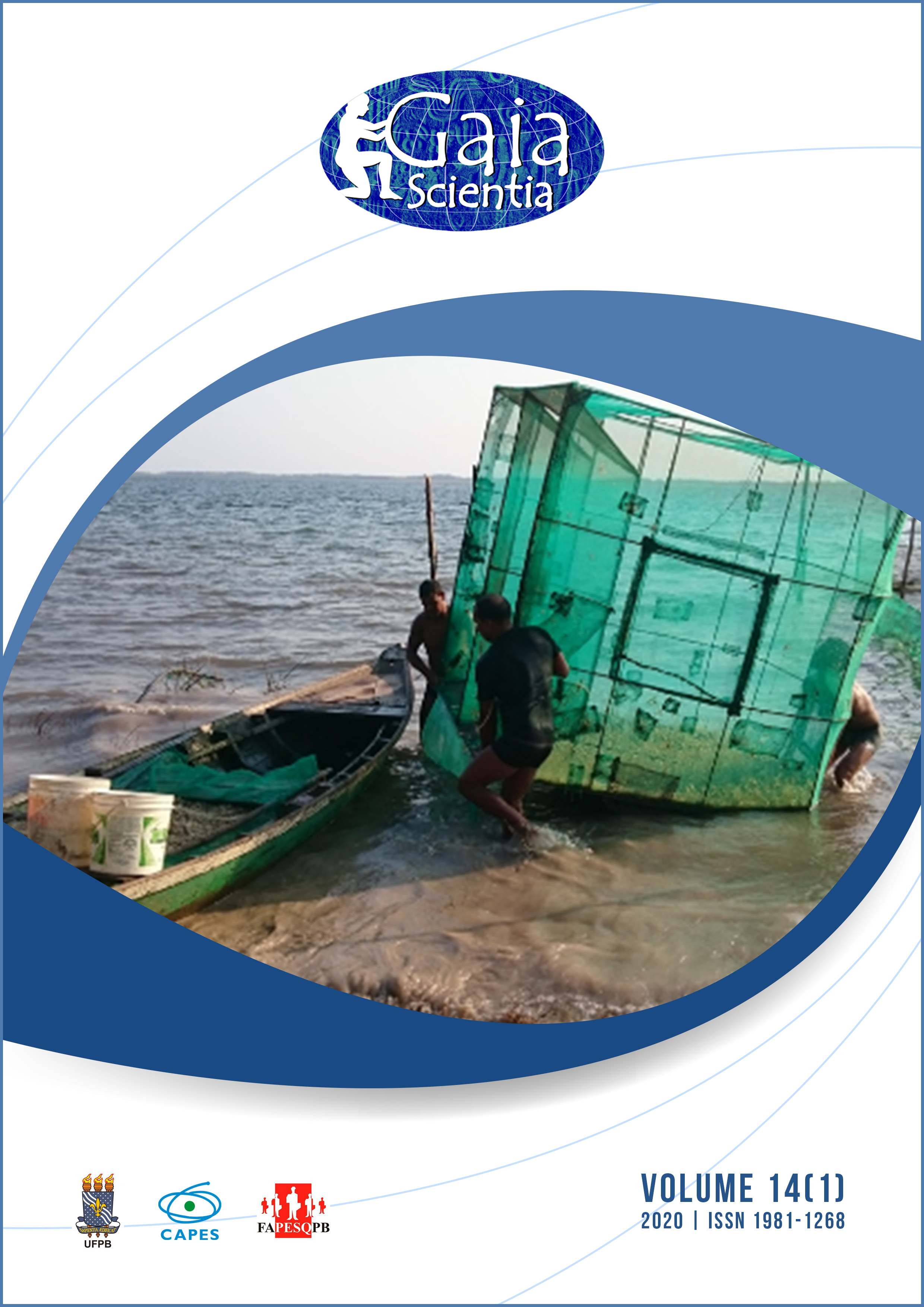Use of remote sensing vegetation indexes for caatinga studies: a systematic review
DOI:
https://doi.org/10.22478/ufpb.1981-1268.2020v14n1.48862Abstract
Caatinga stands out for its dimensions and biodiversity. Research in climate change, land use and occupation, biomass and forest management, among others, are carried out and remote sensing stands out as a monitoring tool based on vegetation indexes. This research aimed to review the literature on the studies carried out in Caatinga that use vegetation indexes from remote sensing and how they are applied. The review followed the guidelines of the “Preferred Reporting Items for Systematic Reviews and Meta-Analysis (PRISMA)”. The selected articles were indexed in the databases Science Direct, Scopus and Web of Science. The keywords “remote sensing”, “satellite”, “Vegetation Index” and “Caatinga” were applied for article selection. Initially, 86 articles were found: Science Director (∑ = 29), Scopus (∑ = 54) and Web of Science (∑ = 3). The combination of the keywords provided 39 articles that met the inclusion criteria. After reading the abstracts, 17 articles were meta-analyzed. In general, the Normalized Difference Vegetation Index is the most used in the studies, with orbital products of the Landsat Satellite 5 and studies related to the theme of climate change, emphasizing the need for sustainable actions that enable the preservation of Caatinga.
Downloads
Published
Versions
- 2021-05-20 (2)
- 2020-03-31 (1)










